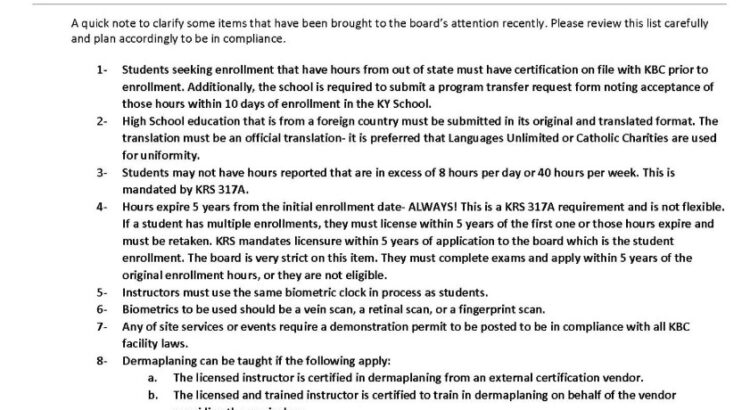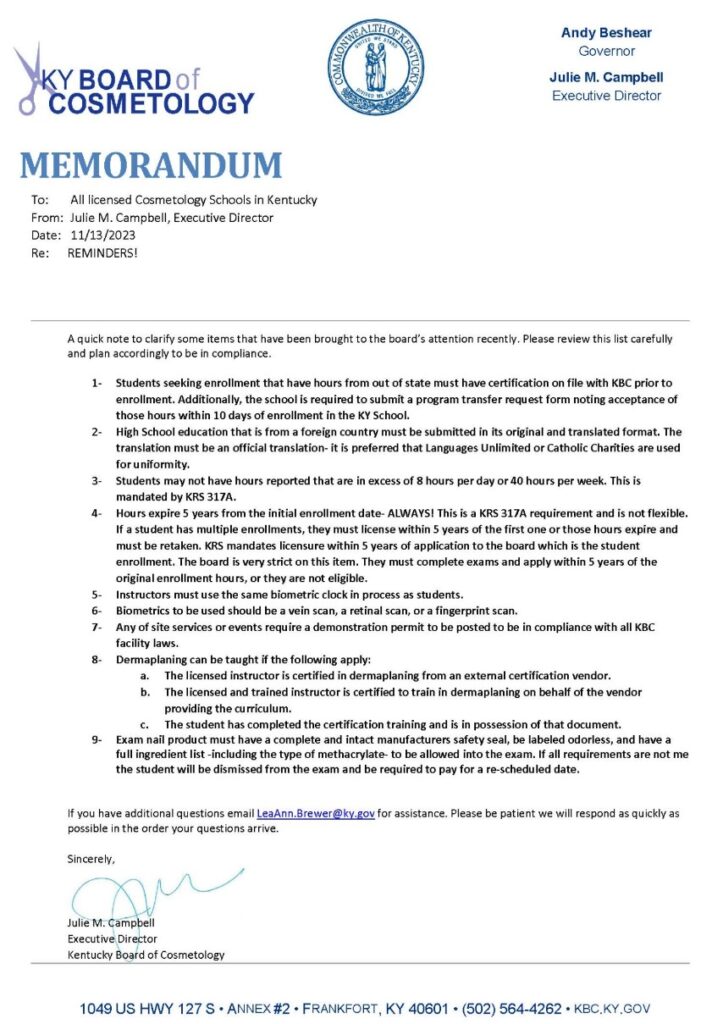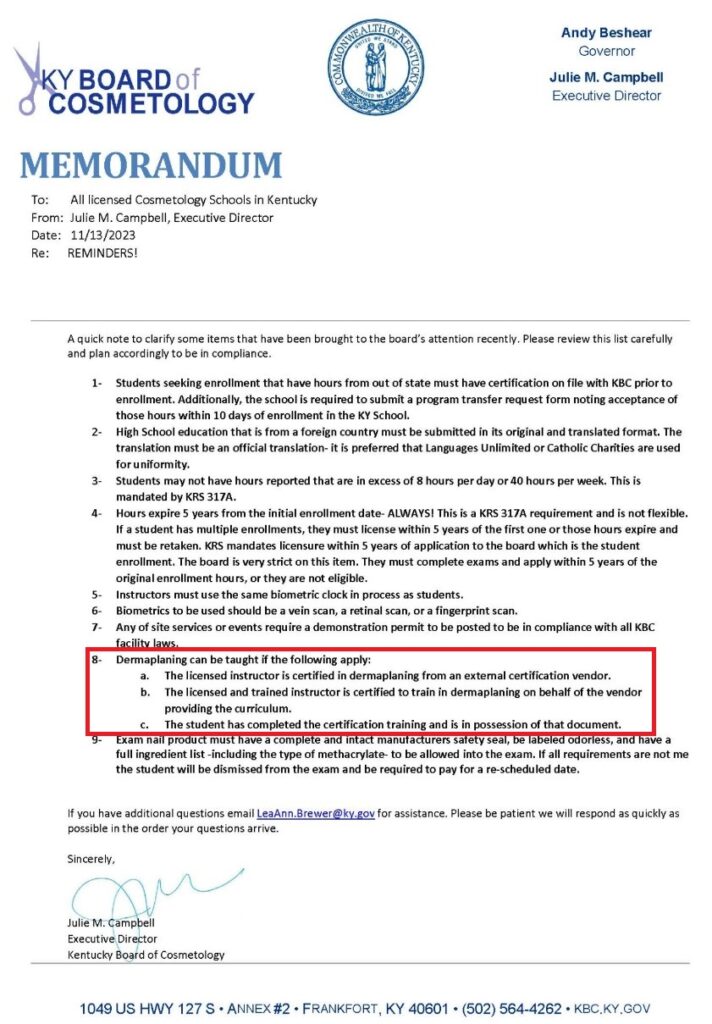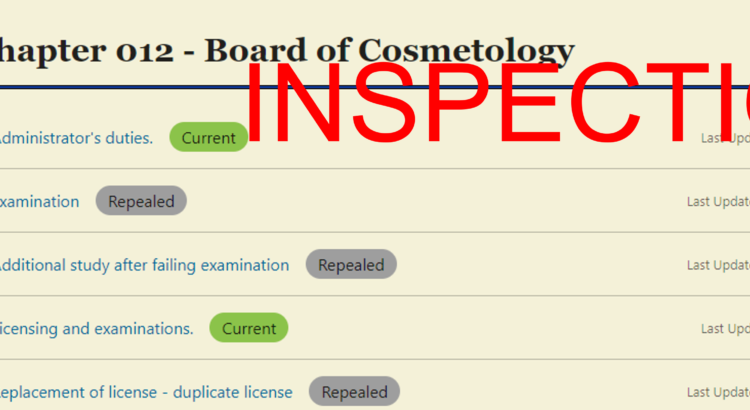Louisville Beauty Academy, renowned for its comprehensive training programs in cosmetology, is now offering an innovative suite of consulting services designed to assist students and professionals in crafting effective communications with regulatory bodies, employers, and other industry partners. This initiative aims to streamline the often-complex interactions with the state board of cosmetology and enhance professional correspondence.
Understanding the challenges that students may face when navigating official procedures and professional relationships, Louisville Beauty Academy has launched a tailored service that includes consulting and drafting communications such as emails, as well as providing structured guides. These resources are crafted to empower individuals to communicate confidently and effectively in a professional setting.
The services range in price, starting at $35 for drafting an email to $150 per hour for more comprehensive consulting needs, depending on the individual requirements of the client. This flexible pricing structure ensures that every student or professional can access the necessary support to meet their specific challenges.
Recognizing the diverse backgrounds of its students, Louisville Beauty Academy has made these services accessible in multiple languages, including Vietnamese and Spanish, reflecting the inclusive ethos of the institution. By accommodating these linguistic needs, the academy ensures that all students have the opportunity to succeed in their professional communications without language barriers.
For those interested in utilizing these services, Louisville Beauty Academy invites potential clients to reach out via text at 502-625-5531. This direct line of communication further simplifies the process, making it easier for students and professionals to obtain the help they need promptly and efficiently.
With this new offering, Louisville Beauty Academy continues to demonstrate its commitment to the success and professional development of its students, ensuring they are well-equipped to navigate the beauty industry’s regulatory and business landscapes effectively.










